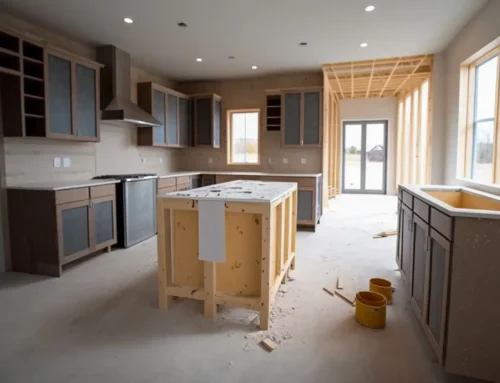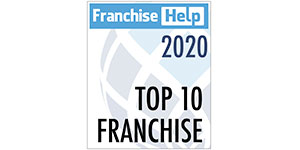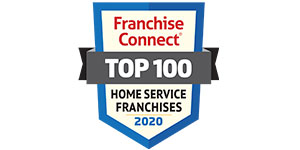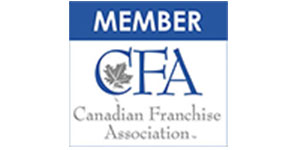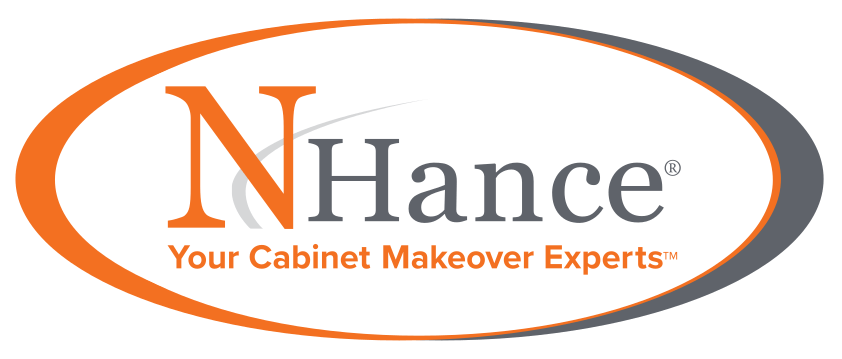A remodeling business plan provides a snapshot of your business. In it, you’ll lay out your growth plan for the next five years, explain your goals and strategies to reach them, and provide market research for your industry.
Writing a successful remodeling business plan is fundamental to opening a successful business. Our five-step guide details every step you need to take.
1. Perform Market Research
You know you want to join the booming remodeling industry, but how? Diving into market research can help you find an area within the industry. Different types of remodeling businesses include room remodels like kitchens and bathrooms, whole house remodeling, additions, or renovations. First, determine the size of the potential customer base in your preferred segment and compare that to key competitors. Is there enough room for you to join?
When analyzing your local market, find out who the key suppliers are and what trends directly affect your market.
Then perform customer analysis. Figure out what kind of customers you want to serve. For example, Growthink categorizes homeowners into those adding to their homes, those updating their homes, those who’ve suffered water damage and new homeowners purchasing fixer-uppers.
Lastly, perform an analysis of your direct and indirect competitors. Direct competitors are other remodeling companies, while indirect competitors are other options customers have to purchase from, like new home builders or large construction general contractors. When it comes to laying out this information in your business plan, you’ll provide an overview of each of these competitor companies, detailing their strengths and weaknesses. Then document areas where you can hold an advantage over them. NerdWallet notes that this is especially important to lenders and investors. They’ll want to know how your product or service sets you apart from competitors and will have a greater chance of success.
For example, the N-Hance advantage is our speed. We can perform a full cabinet refinishing project in less than a week with little to no mess and at a fraction of the cost of our competitors.
2. Create an Operations Guide
An operations plan explains how you’ll meet your goals. It includes everyday processes like daily managerial tasks, quotes, how to source materials and labor, and how to handle client communications. This section will also have long-term goals like milestones you’d like to achieve. Good examples of this include the date you expect to book your 100th client or reach $500,000 in revenue.
3. Outline Your Financial Plan
This step can be difficult but is key to ensuring you’re financially ready to start a business. You’ll want to detail your startup expenses, monthly operating costs, and revenue projections for the next five years. By completing market research and defining operations guidelines, you’ll understand how many projects you can complete monthly and the costs of operation. All this information will help determine how much, if any, funding assistance you’ll need.
The Austin Public Library recommends including forecasted income statements, balance sheets, cash flow statements, and capital expenditure budgets. For the first year, it’s beneficial to lay out monthly and quarterly projections. Also, be sure to include funding requests and how you’ll spend the loans and pay them off.
4. Build a Marketing and Sales Strategy
Growthink calls this defining your “four Ps”: product, price, place, and promotions. Products include the services you’ll be offering. You should include not only your prices but your competitors’ as well.
Place means the location of your office. For many remodeling businesses, owners work out of their home office and have company vehicles for all their materials.
Then, promotions are your sales and advertising strategies. For example, building your website, where you’ll advertise, how you’ll use social media marketing, and local radio advertising.
5. Put it All Together
It’s time to put the previous four steps into a complete remodeling business plan. Besides your market analysis, operations guide, financial plan, and marketing and sales strategy, you’ll need to write an executive summary, details about the management team, and an appendix.
The executive summary is the introduction to the document. You usually write it last to include an overview of all sections. In your management team section, you’ll want to highlight key staff members’ backgrounds and emphasize their skills and experience. Lastly, the appendix includes all supporting documents that make your plan more compelling.
Skip Steps with N-Hance
Instead of spending hours researching, you could skip those previous steps and invest in a remodeling franchise like N-Hance. We have a proven, location-tested model. We’ve analyzed various technology, products, and equipment so our owners can utilize the best products and provide premier customer service.
Before you invest, we lay out our ownership costs. We can also show you how much some of our franchisees make annually. Then, you can determine how much funding you might need. Investing in a franchise makes it easier to receive financing from reputable sources.
At N-Hance, we offer a Quickstart program to get you on your way to running your own location within months. Ready to get on the fast track to owning your own remodeling business? Request franchise information now.



